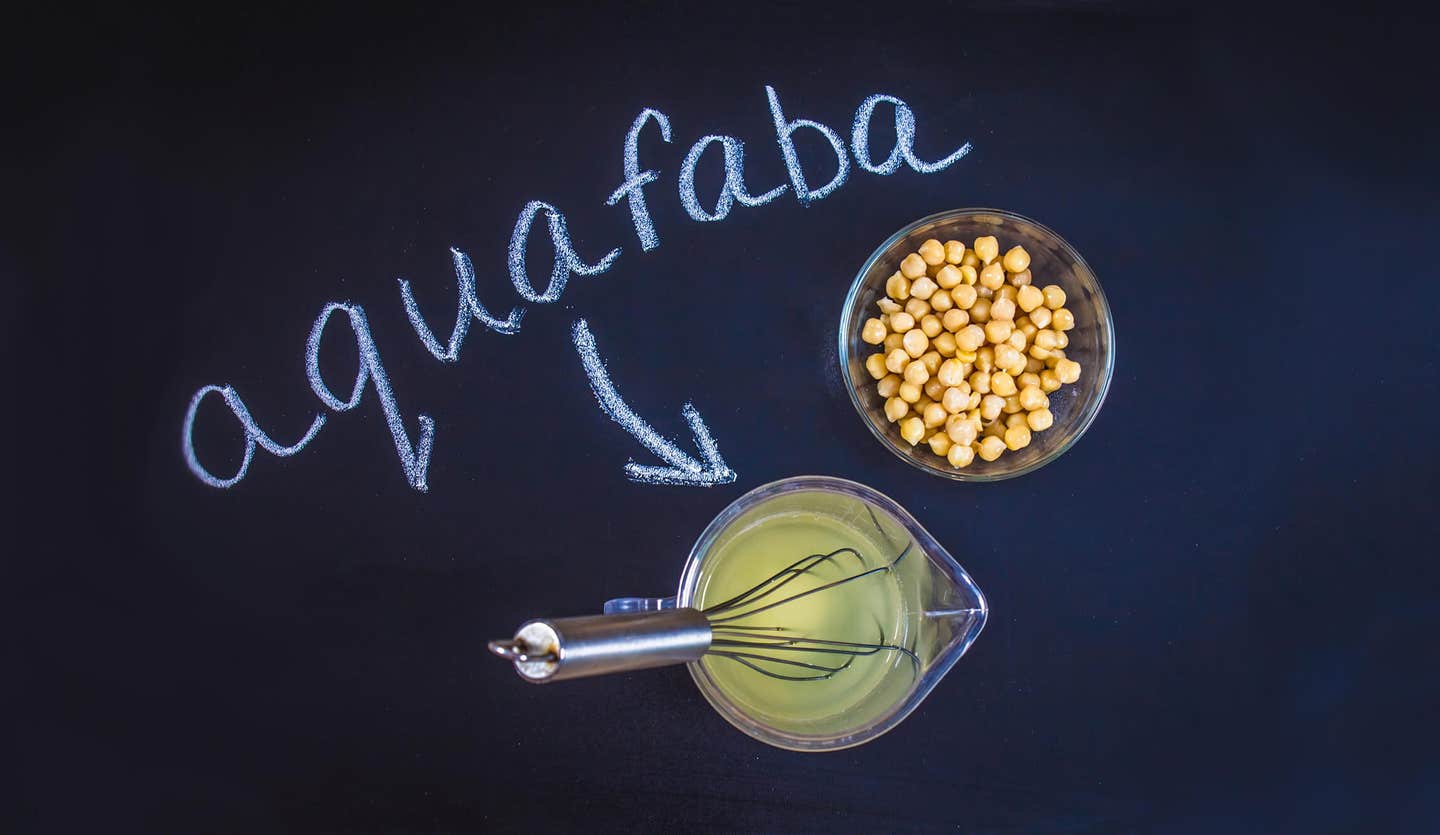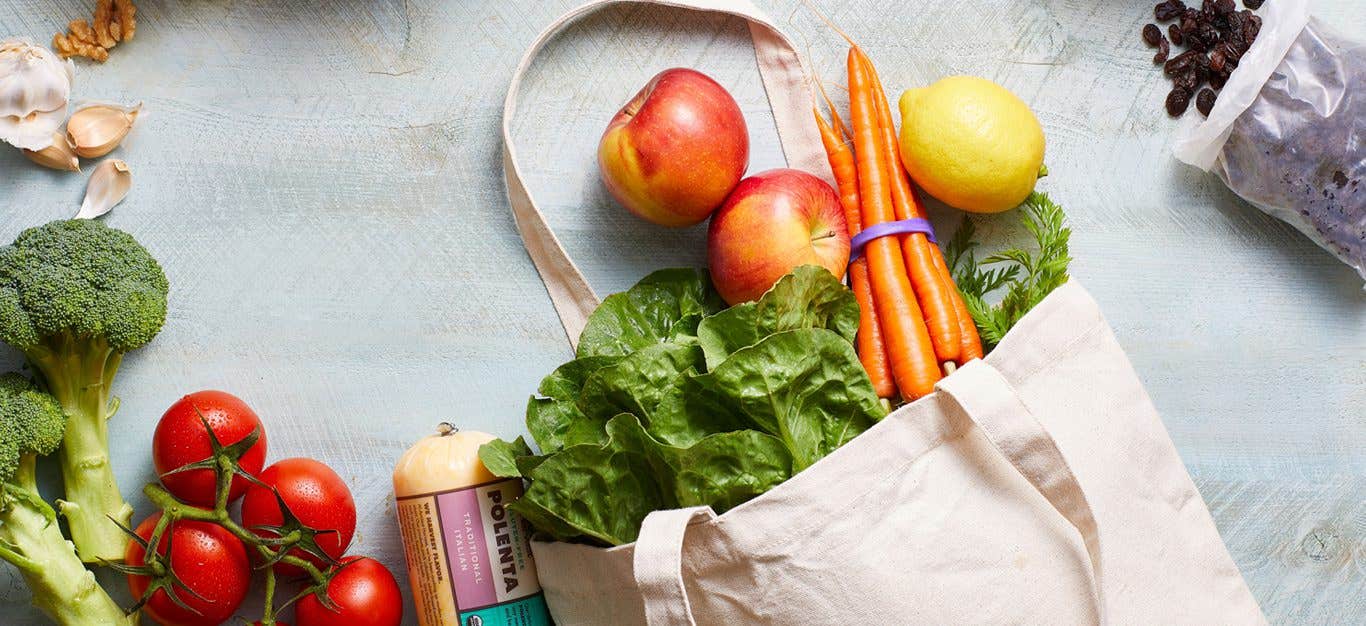Cruise through any natural foods market and you’ll find flaxseeds have become a popular addition to everything from breakfast cereals to pet food. Here’s what you need to know about nutty-flavored, nutrient-packed flaxseeds, plus how to select, store, and use them in your own kitchen.
- What Are Flaxseeds?
- Are Flaxseeds the Same as Linseeds?
- Nutritional Information
- How to Make Flaxseed Meal
- Ways to Use It
- Recipes
What Are Flaxseeds?
Flax is one of the eight founder crops that were domesticated during the Neolithic period more than 8,000 years ago. Over the millennia, flax has been cultivated for the oil that can be pressed from its seeds and the linen cloth and rope that is made from its fibrous stems. Flax made its way to North America in the 1600s, but it wasn’t until the last half of the 20th century that interest surged among cooks and health experts in flaxseeds as a food. Today, North America produces the most flaxseeds in the world; the plants grow especially well in the cool climates of the Canadian prairies, North Dakota, and Montana.
Flaxseeds can be dark brown or golden and have a distinctive glossy sheen. Both types have a mildly nutty taste, which becomes more pronounced when they are ground into meal. Opt for golden flaxseeds in recipes where color is important; brown flaxseeds will fleck pale batters and dishes with dark bits.
Are Flaxseeds and Linseeds the Same Thing?
Yes! Generally, today the term “flaxseed” is used when the seeds are for human consumption, while “linseed” is used in reference to manufactured products like wood varnishes and animal feed.
Nutrients and Health Benefits
Flaxseeds are the richest plant source of omega-3 fatty acids. They also boast the highest levels of lignans, phytoestrogen compounds that have been linked to lowered risk of chronic disease. Flaxseeds are also an excellent source of protein and dietary fiber. Like other foods that are high in soluble fiber, ground flaxseeds can help keep LDL cholesterol in check, improve digestive health, and alleviate constipation.
To maximize the health benefits of flaxseeds, be sure to grind them before eating. Ground flaxseed meal is easier for the body to digest than whole seeds.
How to Make Ground Flaxseeds (Flaxseed Meal)
Ground flaxseeds, aka flaxseed meal, are readily available in most well-stocked supermarkets, but it is also easy (and more economical!) to make your own. Simply blitz ¼ cup flaxseeds in a coffee or spice grinder, until the seeds have been reduced to a powder. Flaxseeds need to be ground in small quantities using a powerful grinder (not a food processor) to obtain a fine meal.
Store flaxseed meal in an opaque, airtight container in the pantry, fridge, or freezer. Refrigerating or freezing the meal will keep it fresher longer. Because of their high oil content, both whole and ground flaxseeds can turn rancid over time.
How to Cook with Flaxseed Meal
Flaxseed meal is probably best known as an egg substitute, but it can be used for so much more! Here’s just a sample of the ways it can enhance your favorite recipes:
- Smoother salad dressings: Flaxseed meal can be used to emulsify salad dressings like oil-free vinaigrettes.
- Crispier air-fried vegetables: Our Air-Fried Fingerling Potatoes recipe is a great example of how a mixture of flaxseed meal and water can become a crispy coating for roasted and air-fried vegetables.
- Crunchier granolas: Add a tablespoon or two of flaxseed meal to a granola recipe for added crunch.
- Creamier cereals: Stir a tablespoon or two of flaxseed meal into hot breakfast cereal or overnight oats for extra richness.
- Nuttier toppings: Toast whole flaxseeds in a dry skillet; let cool and then grind coarsely for a tasty addition to salads and Buddha bowls.
- Softer baked goods: A tablespoon or two of flaxseed meal stirred into bread doughs and batters keeps them extra moist and tender.
- Tastier popcorn: Sprinkle air-popped popcorn with flaxseed meal as an alternative to melted butter.
How to Make a Flax Egg (Egg Substitute)
Flax eggs are one of the easiest ways to make baking recipes vegan. For each flax egg, stir 3 Tbsp. water into 1 Tbsp. ground flaxseeds, and let stand for 5 minutes or until the mixture thickens. You can use the same technique with chia seeds, another favorite of vegan bakers.
How to Use Flaxseed Meal in Gluten-Free Baking
Flaxseed meal can be used two ways in gluten-free baking: as a whole grain addition to gluten-free flour blends (about ⅕ of the total flour used) or a high-fiber 1:1 alternative to xanthan gum (a gluten-free way to give dough stickiness and structure).
Try It in These Recipes
Want to get more flax in your cooking? Check out some of our favorite recipes that use flaxseeds or flaxseed meal.
Baking with Flaxseed
- Pecan Shortbread Cookies
- Banana and Chocolate Peanut Butter Brownies
- Mini Apple-Raisin Muffins
- Vegan Sweet Potato Pie
- Berry and Banana Cupcakes with Vanilla Frosting
- Fall Fruit Trifle with Pumpkin Gingerbread
- Lunchbox Chocolate Chip Cookies
Other Flaxseed Recipes
- Nopales Fries
- Gluten-Free Chocolate Chip Pancakes
- The Best Broccoli Slaw
- Vietnamese Noodle Bowls with Ginger-Lime Meatballs
- Vegan Potato Gnocchi with Mushrooms and Greens
- Mushroom Stroganoff with Wheatballs
Want to learn more essential vegan cooking skills and become a plant-based home chef in 90 days? Check out the Forks Over Knives Cooking Course!

Related News
Get Our Best Price On The Forks Meal Planner

Forks Meal Planner takes the guess work out of making nutritious meals the whole family will enjoy.
SAVE $200 ON OUR ULTIMATE COURSE

Join our best-selling course at a new lower price!



